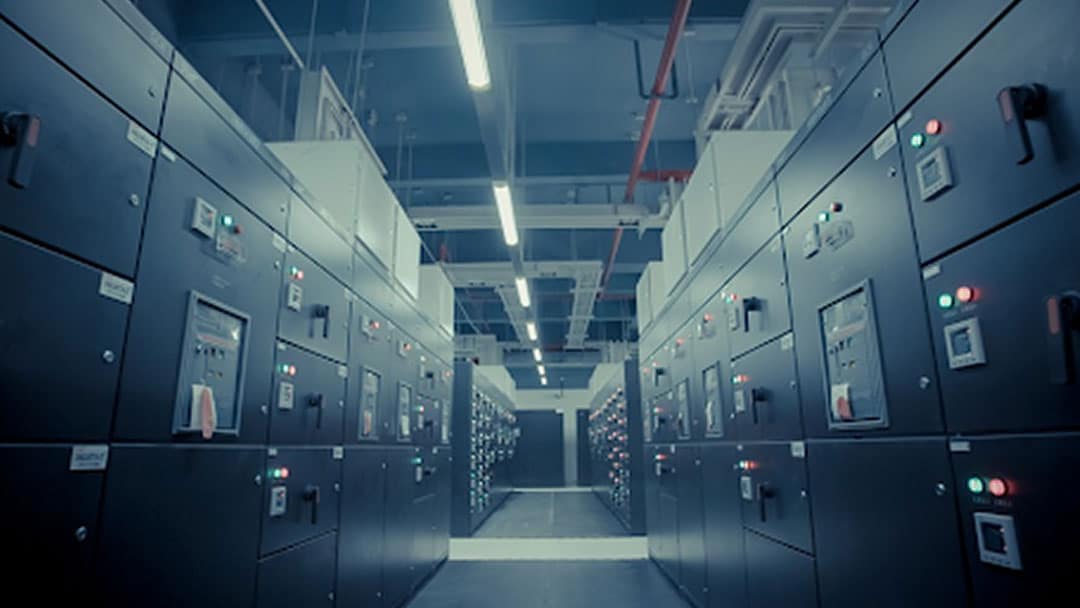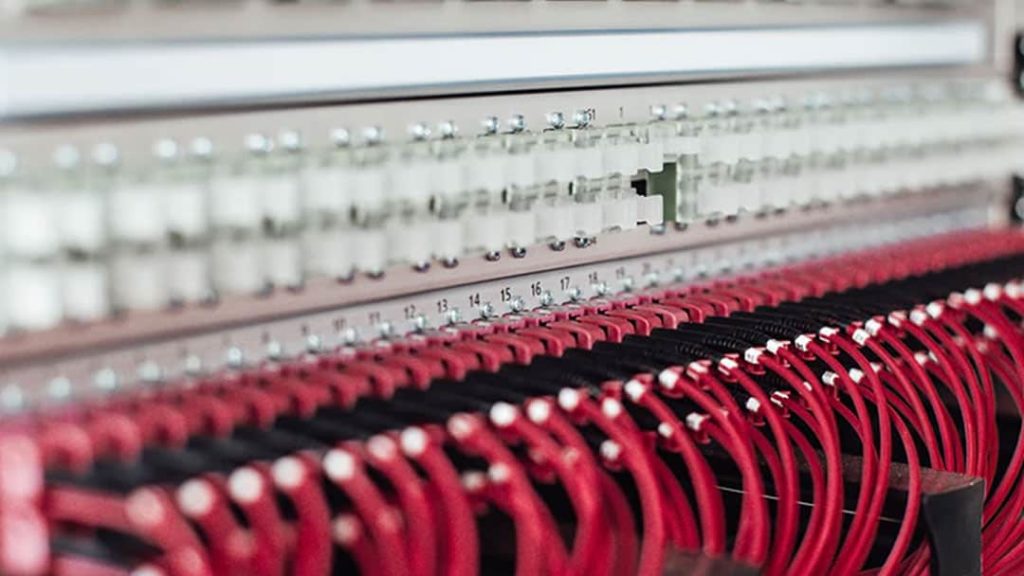Data centers house large amounts of data and critical application equipment. They are the powerhouse of the digital world.
Data centers act like banks. Like how a business trusts a bank to store large amounts of money, data centers house companies’ essential communication and technological assets.
For example, you’ll find routers, servers, and data backup and recovery in a data center.
With this amount of vital equipment and information, data centers must have plans to ensure their overall performance goes above and beyond.
This kind of strategic planning is called data center capacity planning.
We have over 35 years of data center service experience. Learn more about our mission and values.
Why Data Center Capacity Planning Is Important
Data centers have changed significantly over time. Almost every business and government entity needs a data center.
Some data centers are in-house, but many data centers are moving away from on-site servers to virtualized infrastructure.
This model helps not only one but multiple physical infrastructures at once. Data centers can also meet demand through multi-cloud services.
Helping businesses through virtualized infrastructure has skyrocketed over the last two years as more businesses find ways to meet online demand.
This demand has created a need for more power, more storage, and more servers.
It’s also left a huge strain on IT workers for several reasons. Ultimately, IT organizations are looking for new ways to meet the specific needs of applications and services while saving money.
That’s where data centers come in.
Data centers help IT companies and other businesses meet this technological demand. So, it’s crucial that data centers measure and plan appropriately to meet the needs of businesses and organizations.
Capacity planning helps a data center know that its computing resources, footprint, cooling capacity, and power load can meet the workload of its customer.
Capacity planning helps data centers measure demand, trends, and future needs such as:
- Enhancing the IT budget
- Minimizing or eliminating server over-provisioning
- Pinpointing and repurposing underutilized servers
- Reducing IT operational costs
- Improving server performance and reducing downtime
- Leveraging future technologies
RELATED: Understanding Data Center Energy Consumption
How Does Data Center Capacity Planning Work?
Data centers must meet specific security and reliability standards so other businesses can carry on with daily functions. This is met through capacity planning.
To do this, data centers must complete the following tasks:
- Calculate data center utilization rate
- Identify depleted or outdated time frames of data center infrastructure
- Acknowledge data center resources that can be increased, decreased, or replaced
- Plan the design of newer resources or capacity changes and enforce those designs
There are other duties involved with data center capacity planning. But these are your general tasks completed during the process.
There are three different types of capacity planning
- Capacity benchmarking: This is the most common and most expensive form of capacity planning. You set up a configuration and then throw traffic at it to see how well it does. You have to access a fully-configured version of the target system to do this right which may not be practical.
- Capacity trending: This type of capacity planning can give you quick insight into performance. However, trending doesn’t offer alternative solutions.
- Capacity modeling: Capacity modeling saves time and money because you can test different solutions without implementing them. There are two types of capacity modeling- simulation and analytic modeling. Simulation modeling is versatile and accurate but requires time and effort. Analytic modeling is fast and also accurate.
You have to identify which type of capacity planning is best for your data center and go from there. Each one has pros and cons.
RELATED: Data Center Power: Best Guide To Efficient Power Management
How To Develop A Capacity Planning Process
Tools such as 3D renderings, virtualization, cloud computing, and outsourcing are great options for improving your capacity planning process.
Many people have explored DCIM software and love it. The software gives them a unique insight and offers solutions to their capacity planning.
Mostly, communication between entities, IT, and business decision-makers must strengthen to successfully troubleshoot, forecast, predict, and adapt.
There are five essential steps to developing a capacity planning process to match technology infrastructure with demand. Let’s review these steps.
Step 1: Have a capacity planning process owner
Choose someone qualified to serve as the process owner. This person must know systems and network software components, including software and hardware configurations. The process owner is in charge of designing, applying, and maintaining the capacity planning process.
Step 2: Measure
After choosing a process owner, the process owner must then select the infrastructure resources that need their utilizations or performance measured. These measurements provide two crucial pieces of information.
- A utilization baseline to predict and analyze future trends
- The quantity of excess capacity available for each component
Step 3: Collect workload forecasts
Workload forecasting is a process that predicts how workloads vary in the future. This is a critical step with capacity planning. You also have the least control over this step since you’ll be working directly with developers.
Developers help users complete IT workload forecasts so you can project changes and map out requirements.
Step 4: Map out requirements
Projected changes must be transformed into IT resource requirements after the forecasts are collected and mapped. Mapping out resource requirements shows the amount of new capacity needed by each component to meet expected demand.
Step 5: Predict and update
Mapping out the amount of additional capacity needed to meet the projected workload helps settle in on a time frame in which the upgraded resources are required.
Know that capacity planning isn’t a one-and-done situation. Instead, it’s an ongoing activity. Many data centers do capacity planning every quarter. At the very least, it should be done once a year.
RELATED: How To Calculate 3-Phase Power Easily
C&C Technology Group Can Help
Building the right data center is difficult to navigate. That’s why C&C Technology Group is here to help.
We deliver value and integrity in every transaction. Our team is dedicated to solving data center-related problems with over 50 years of combined experience in solving data center infrastructure challenges. Your problems are our cup of tea.
If you need a site evaluation, don’t worry. One of our experts will stop by and assess the site at no charge to you. We have you covered.
Let’s work together! Book a call today to discuss challenges and solutions.
Last Updated on January 27, 2023 by Josh Mahan




